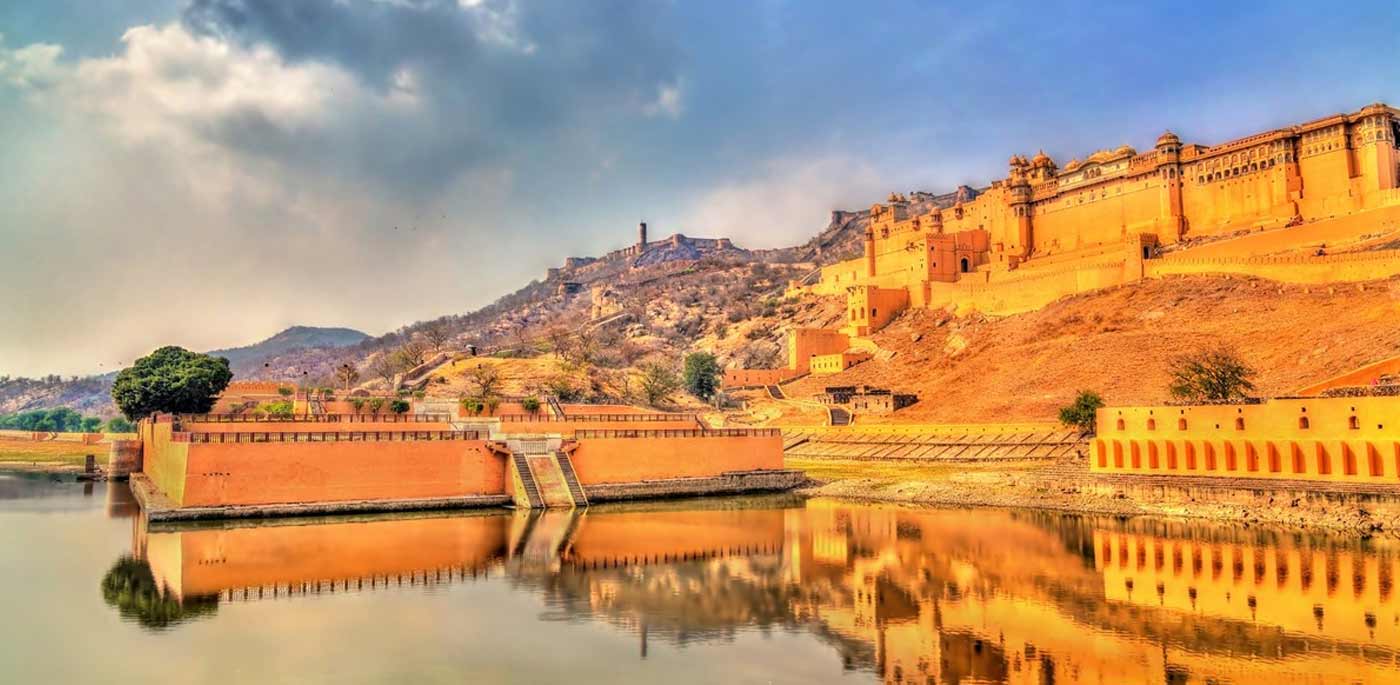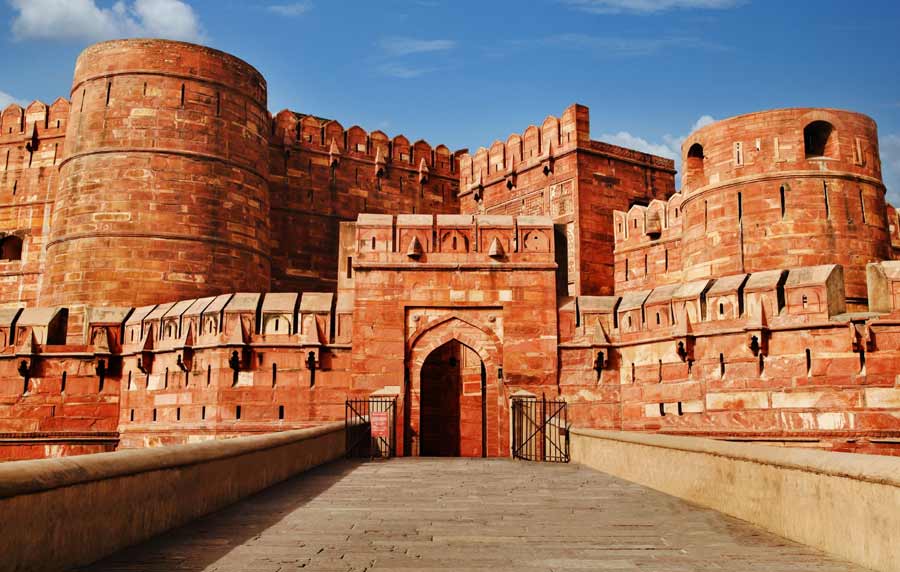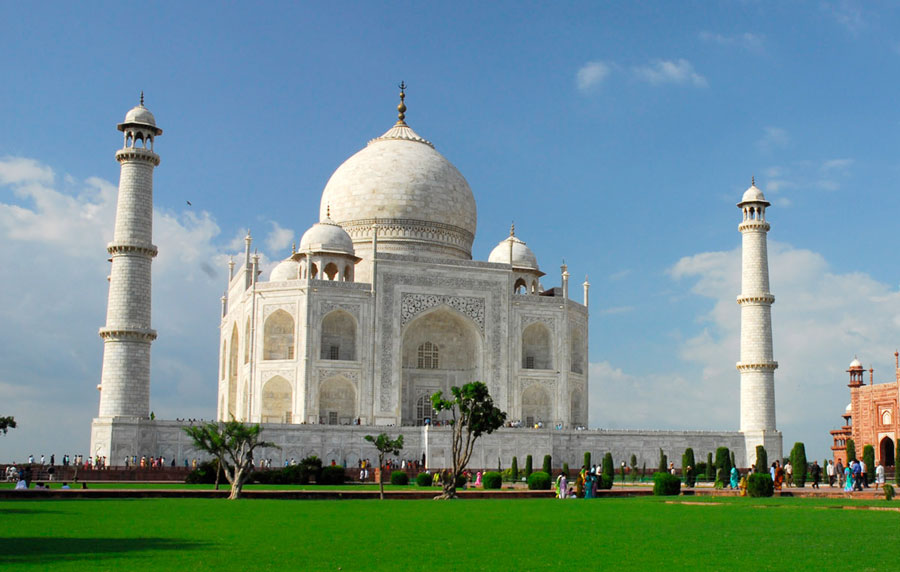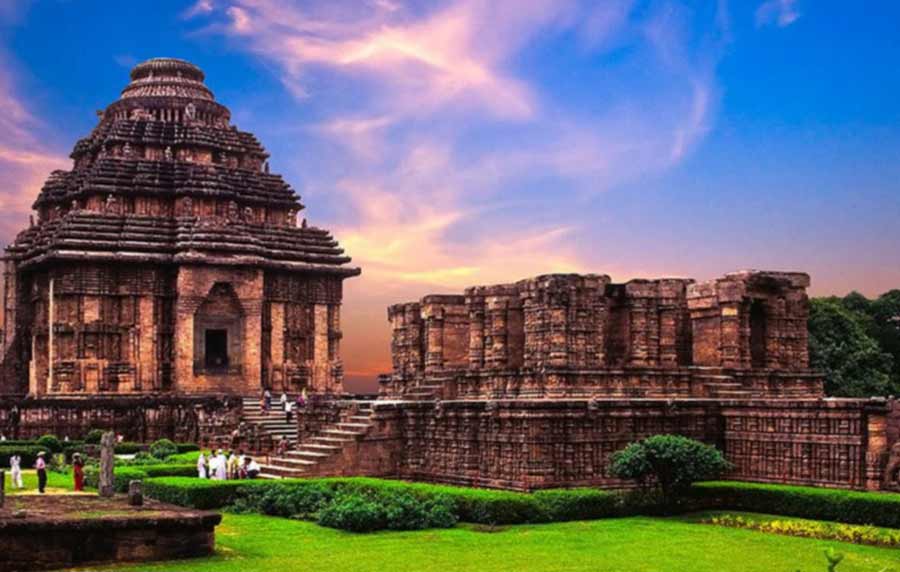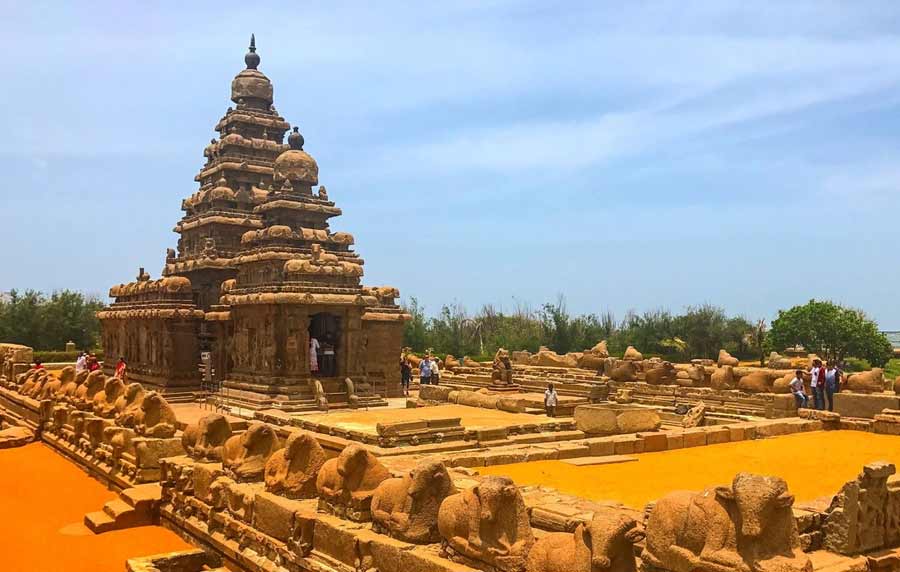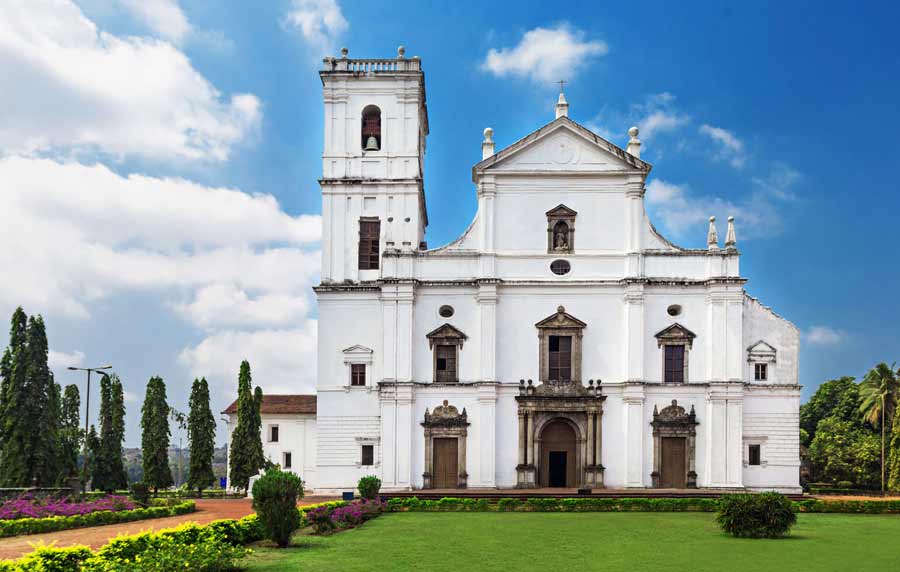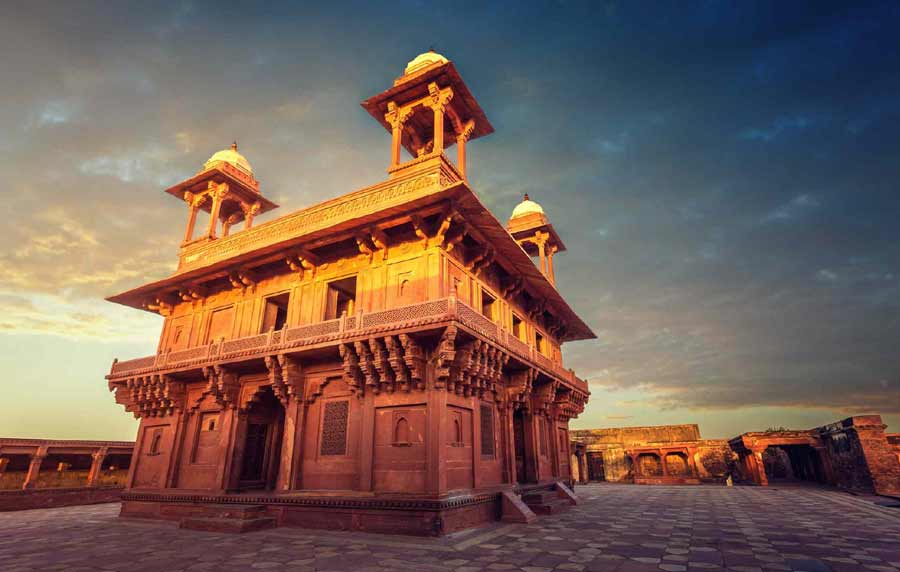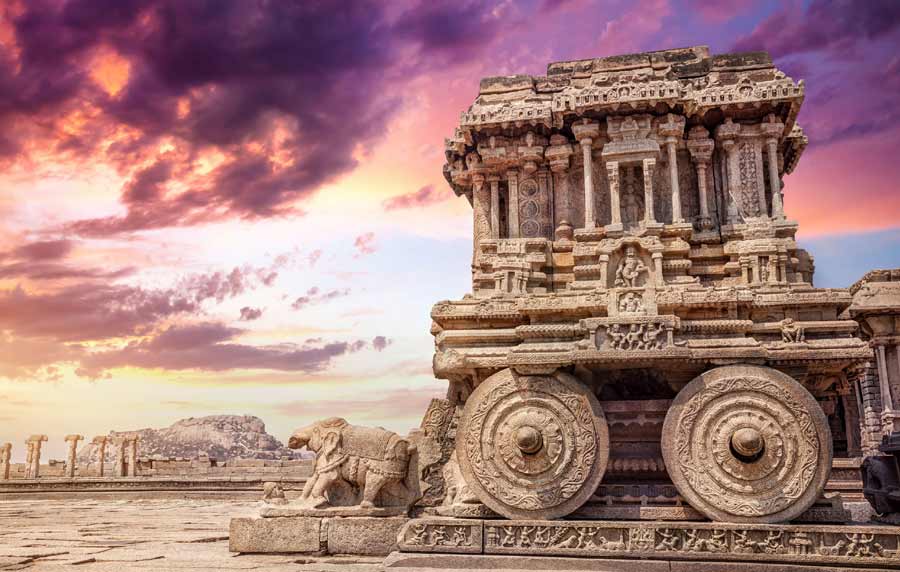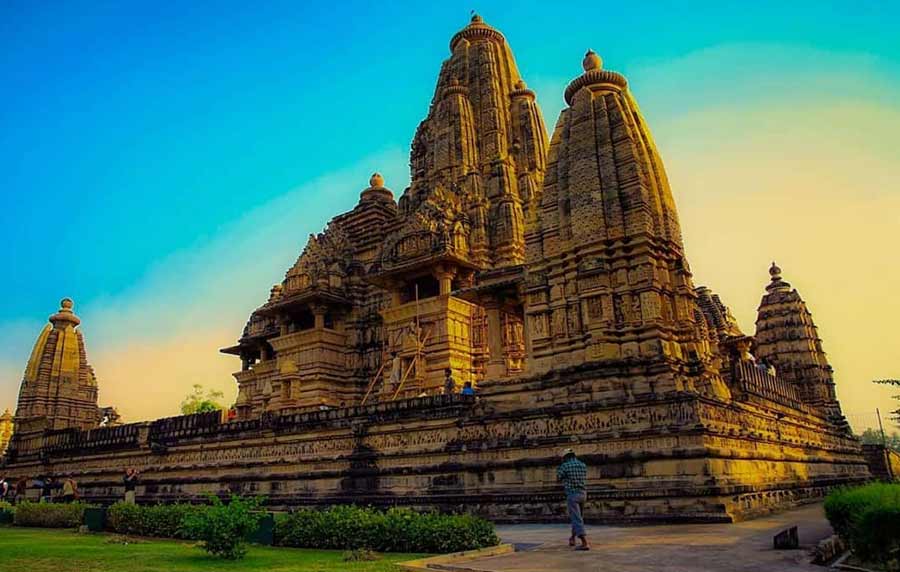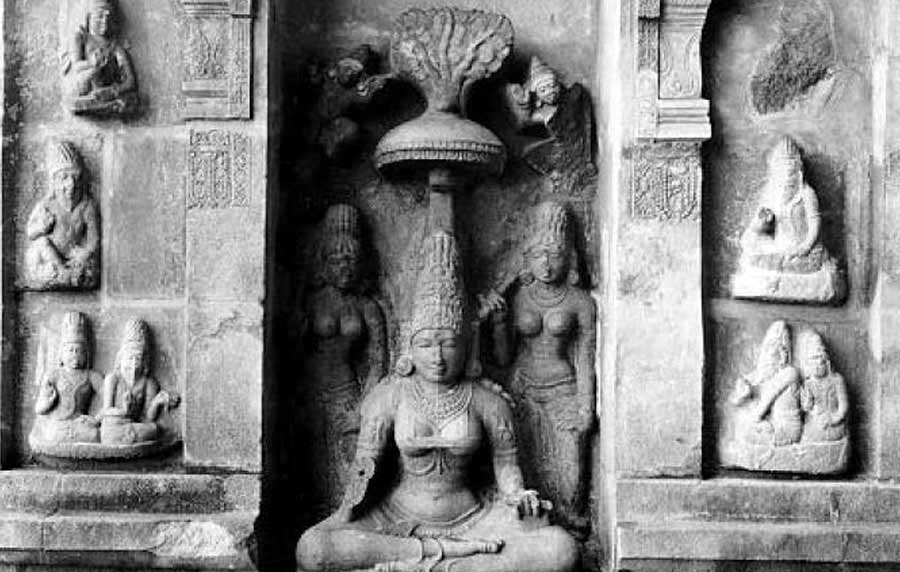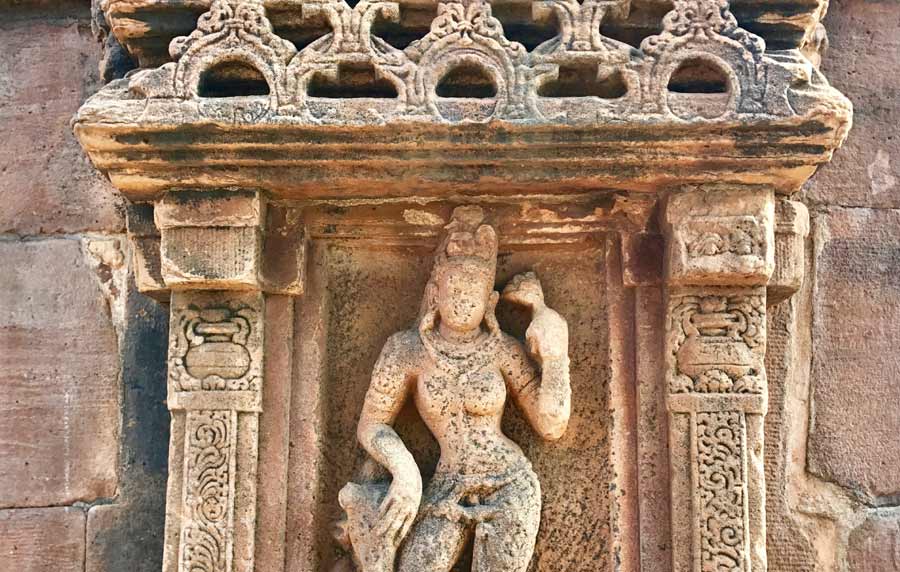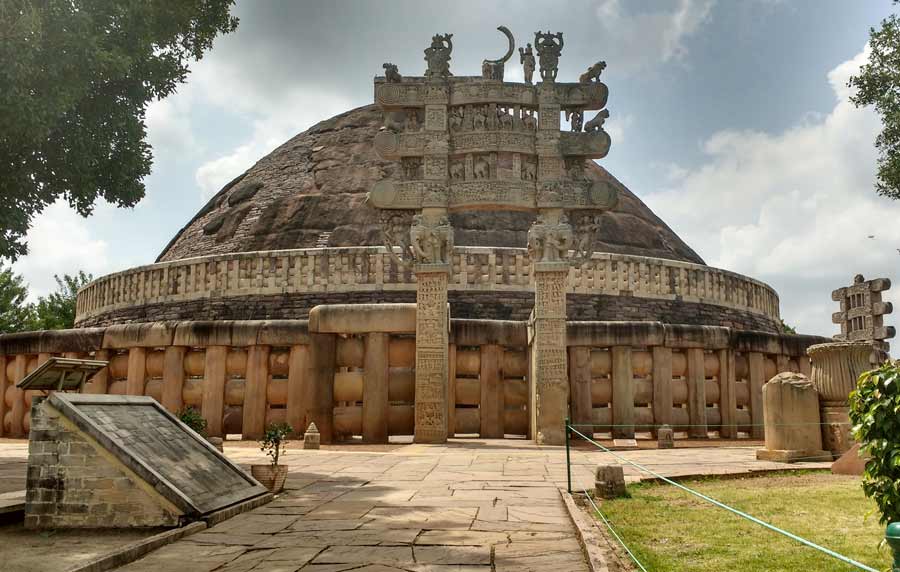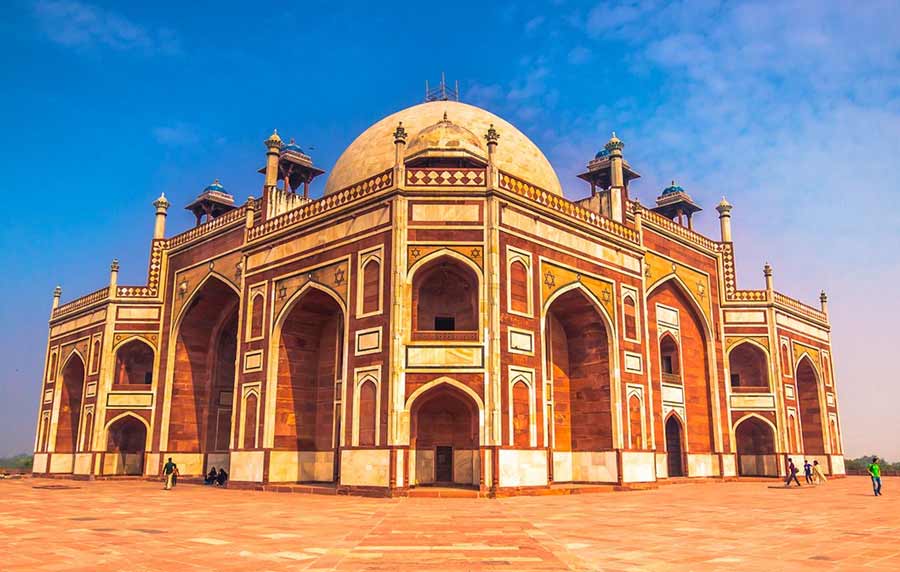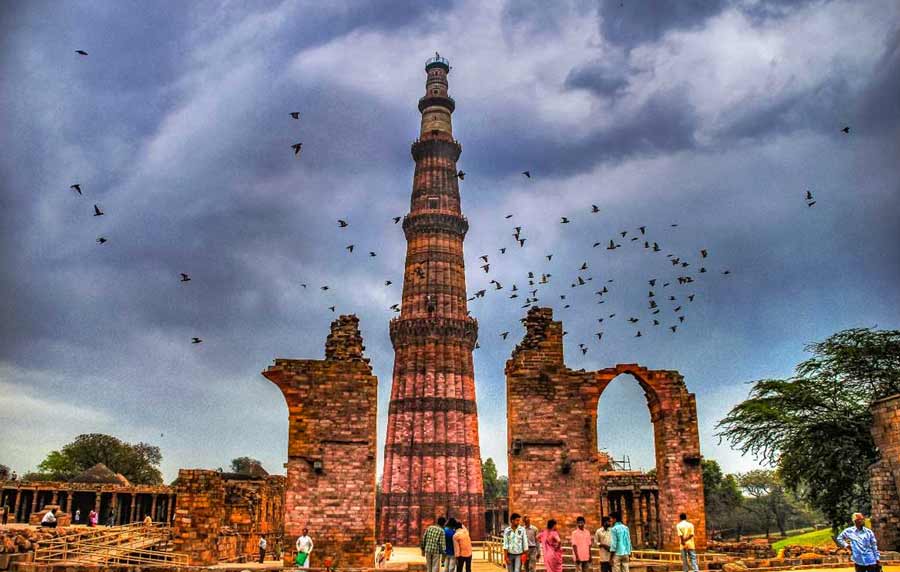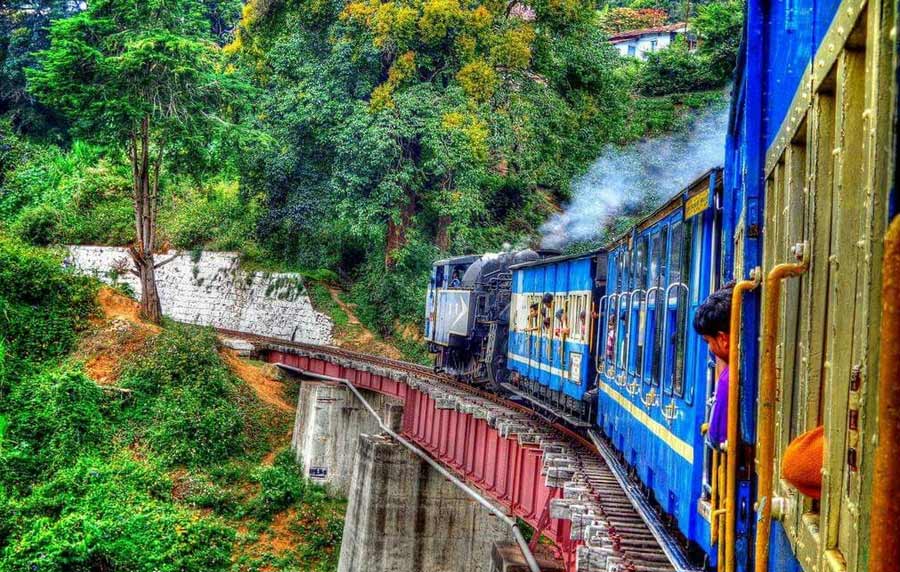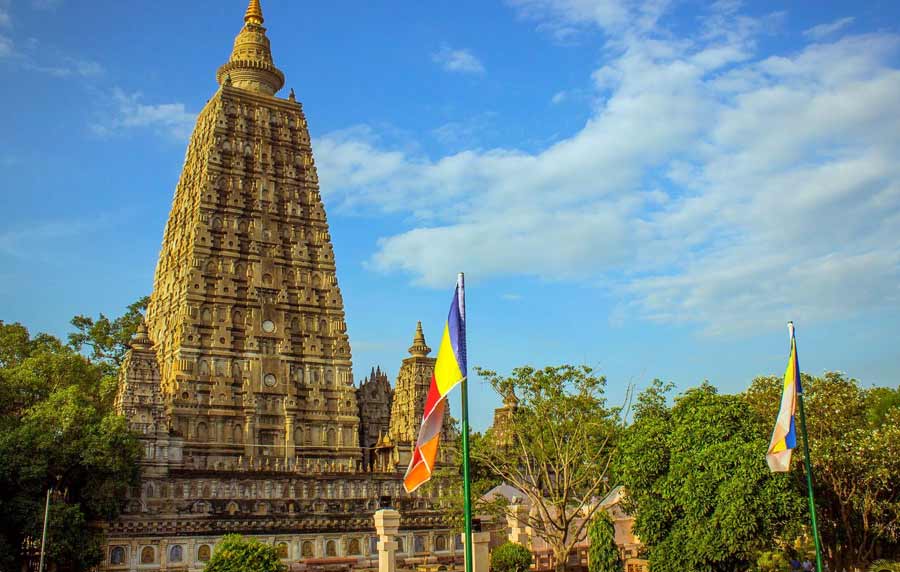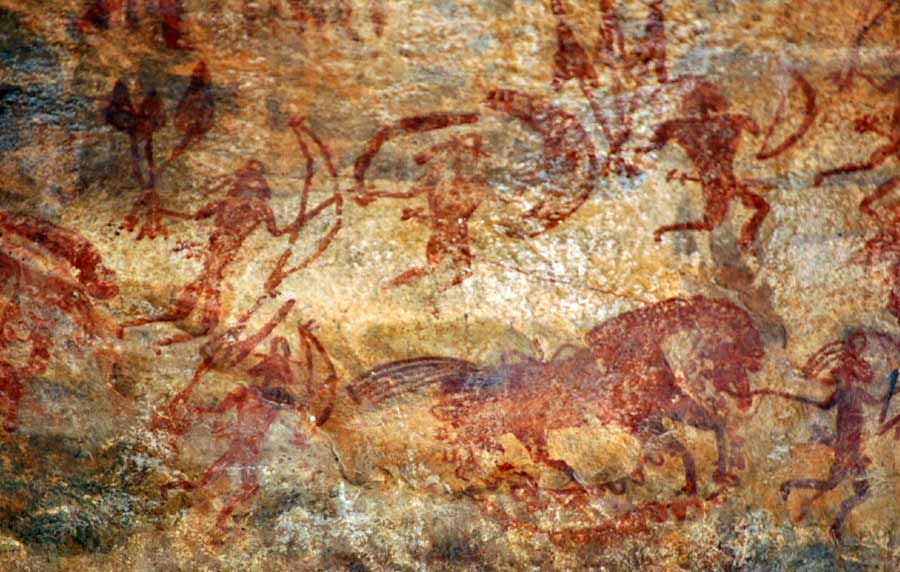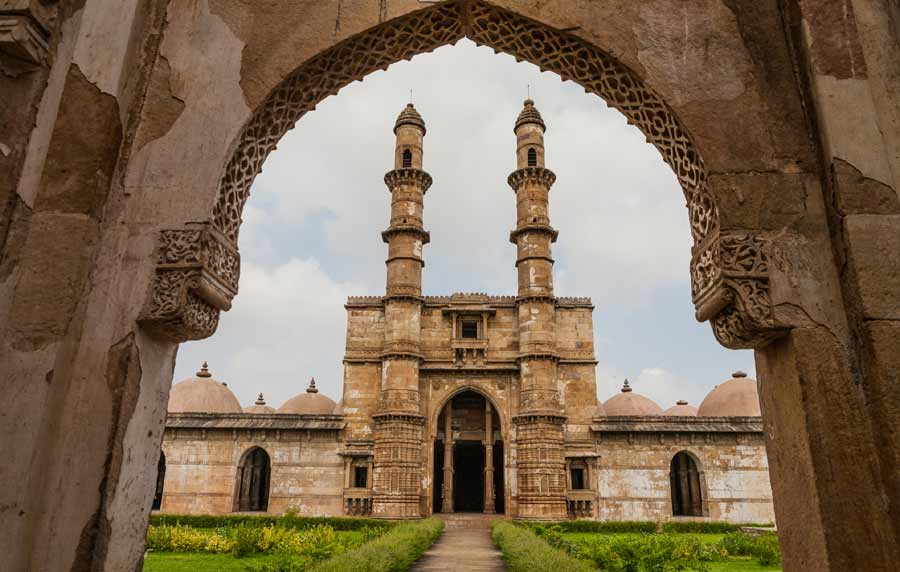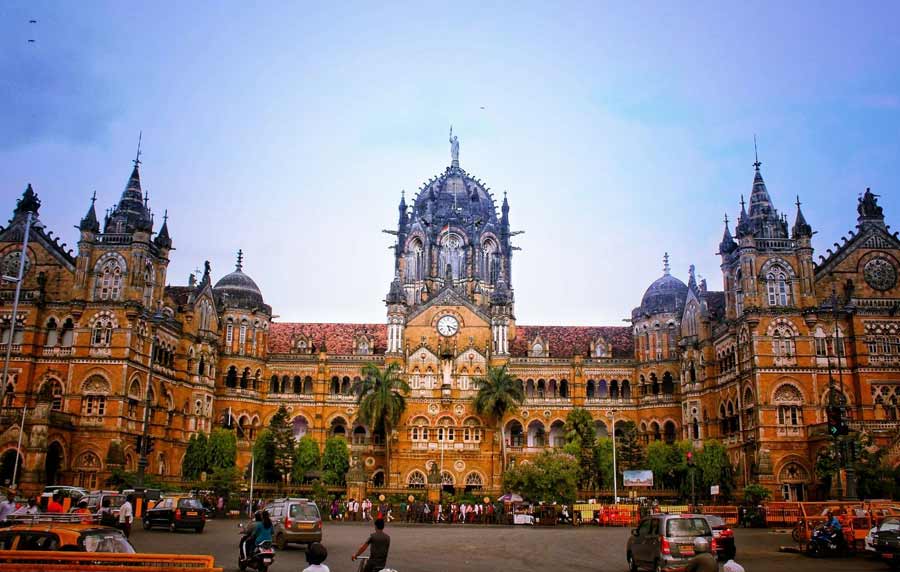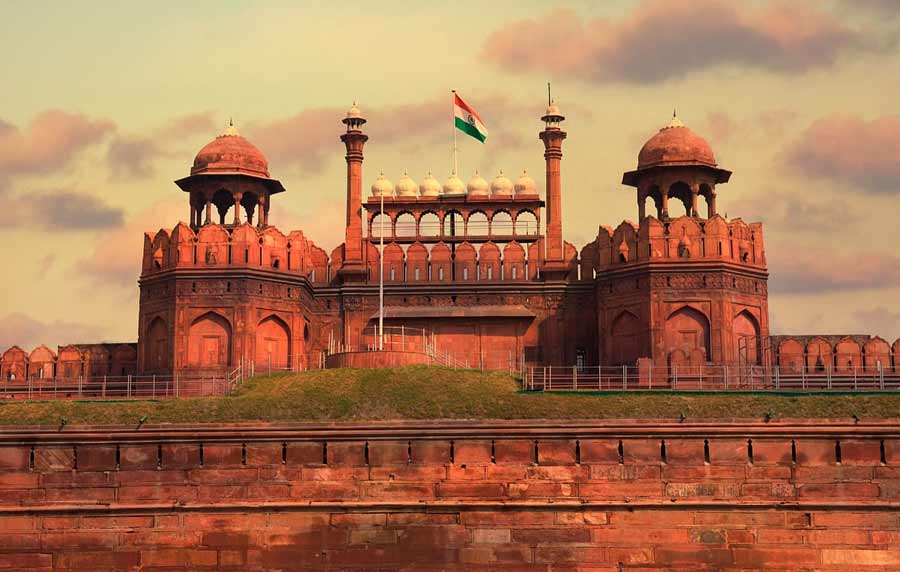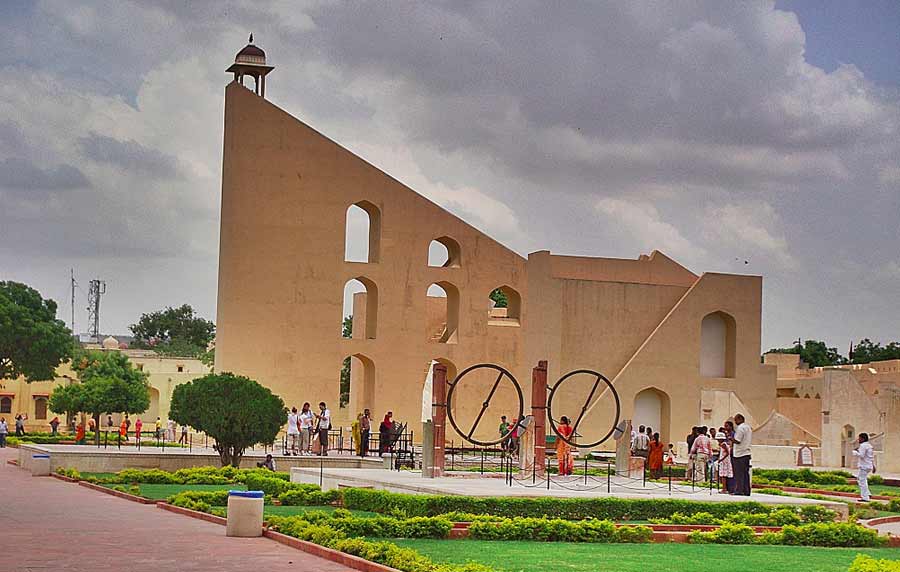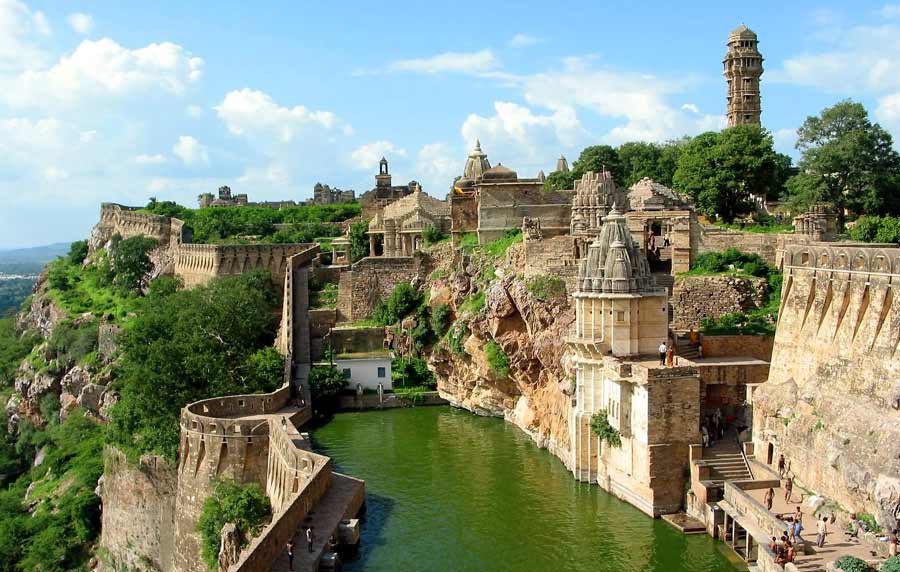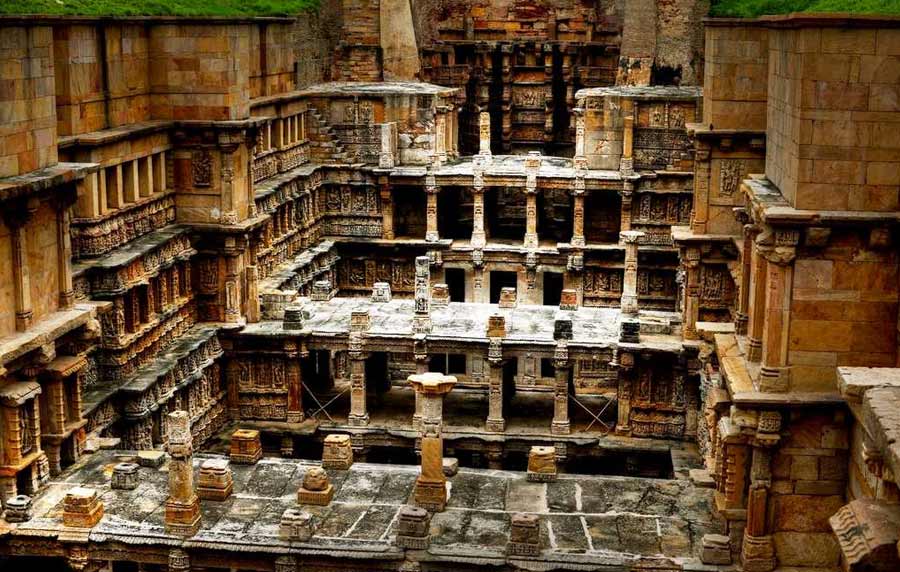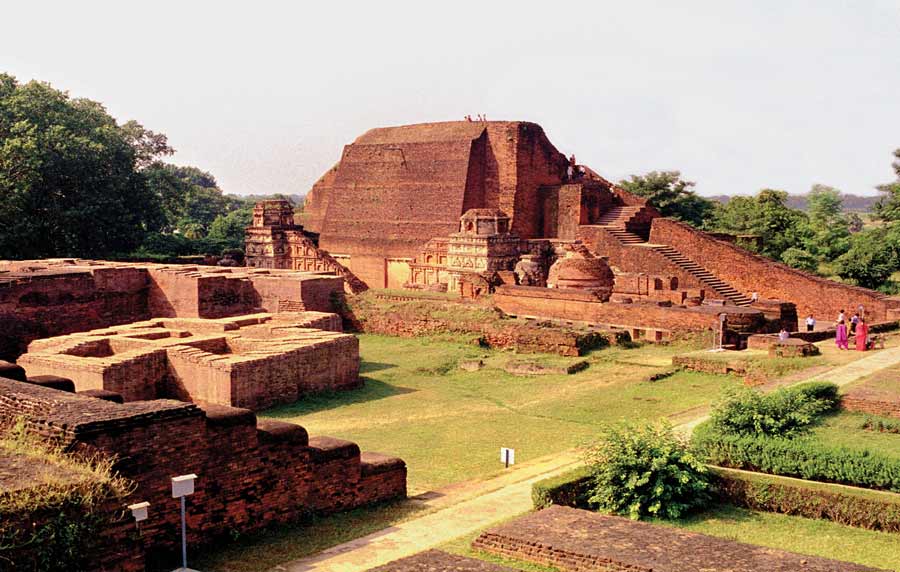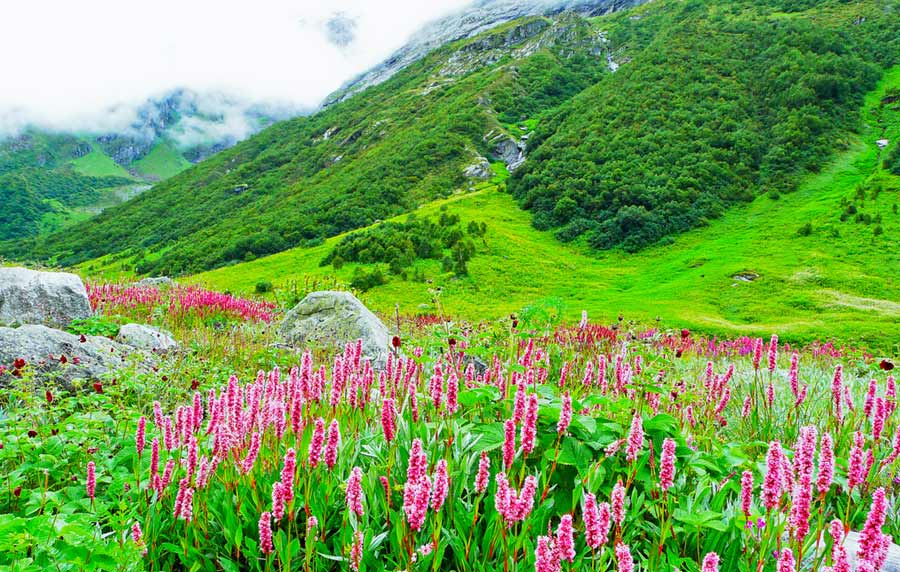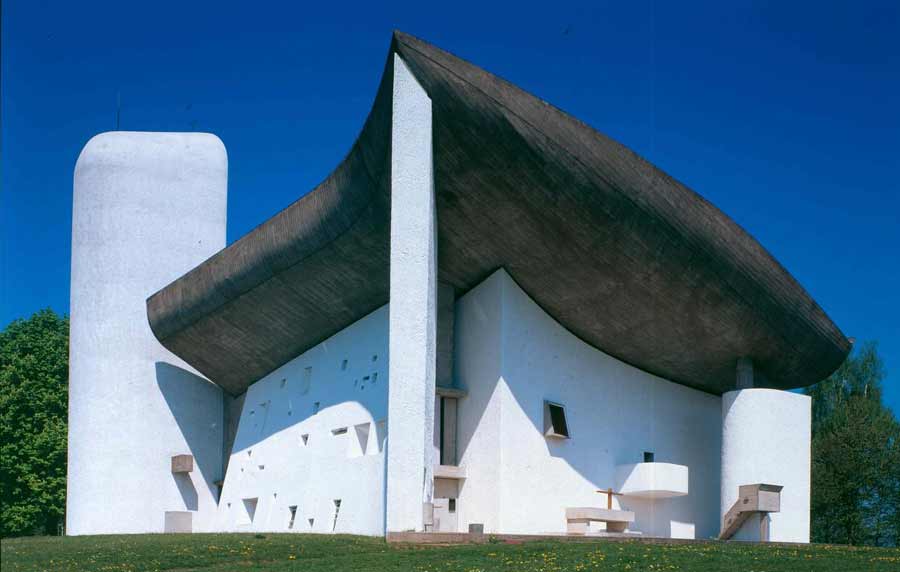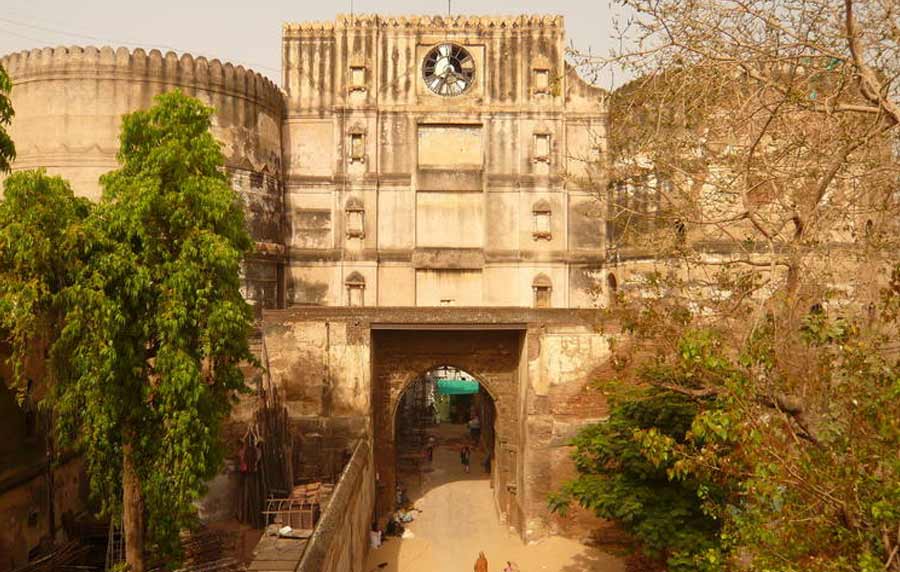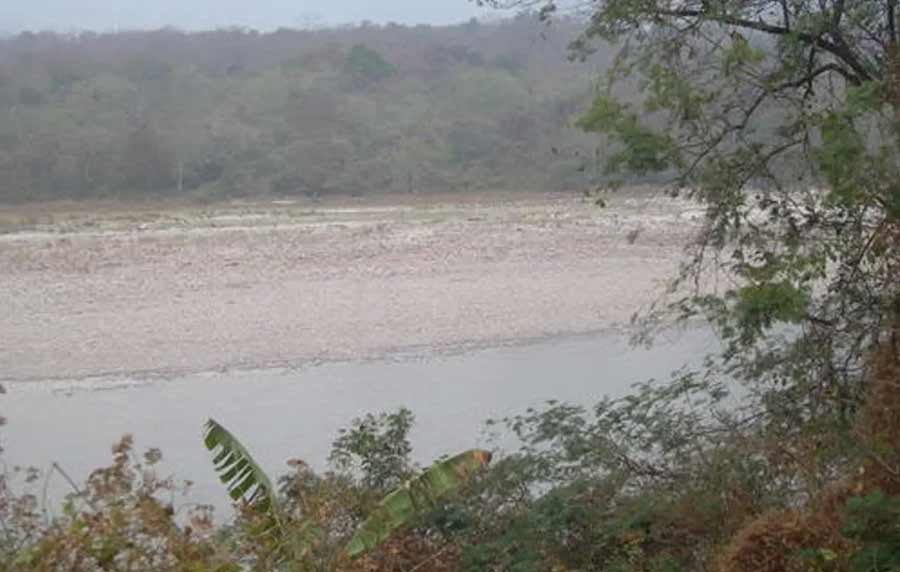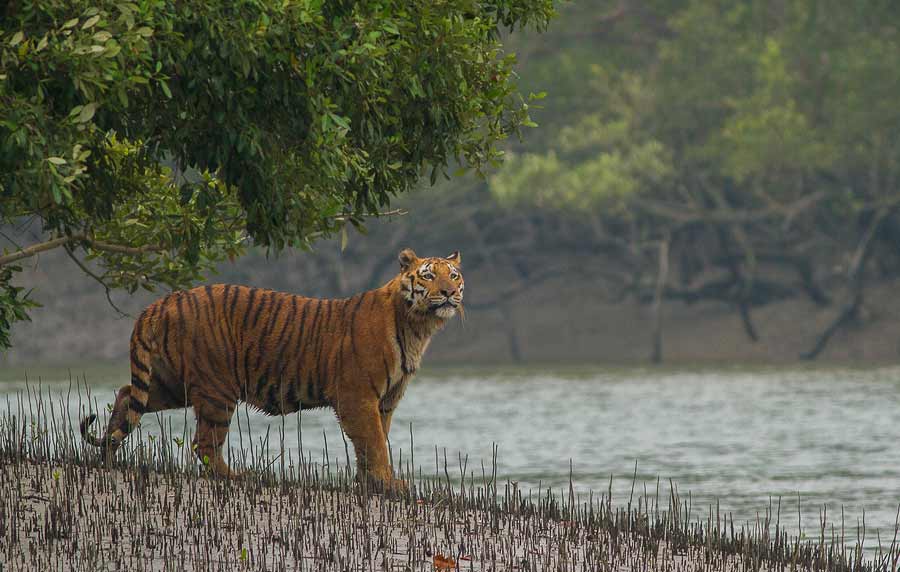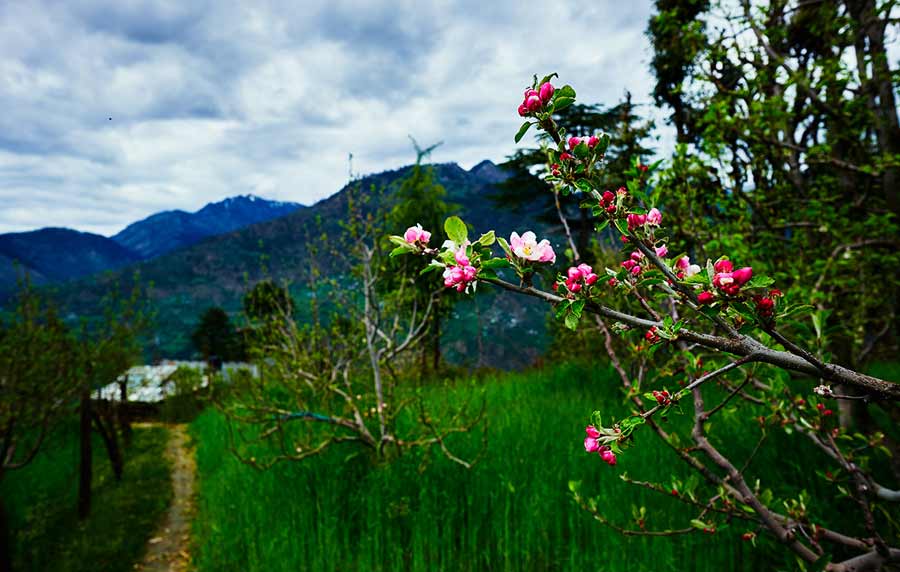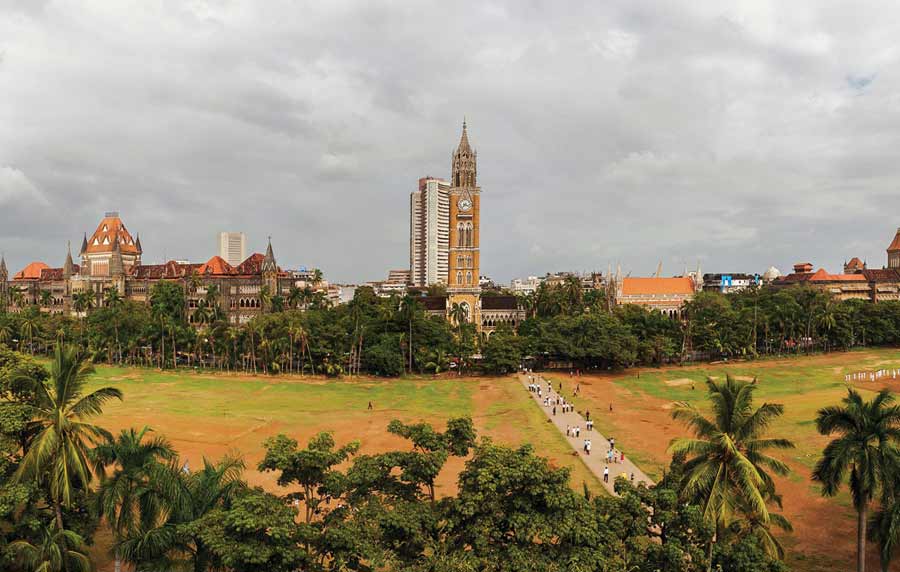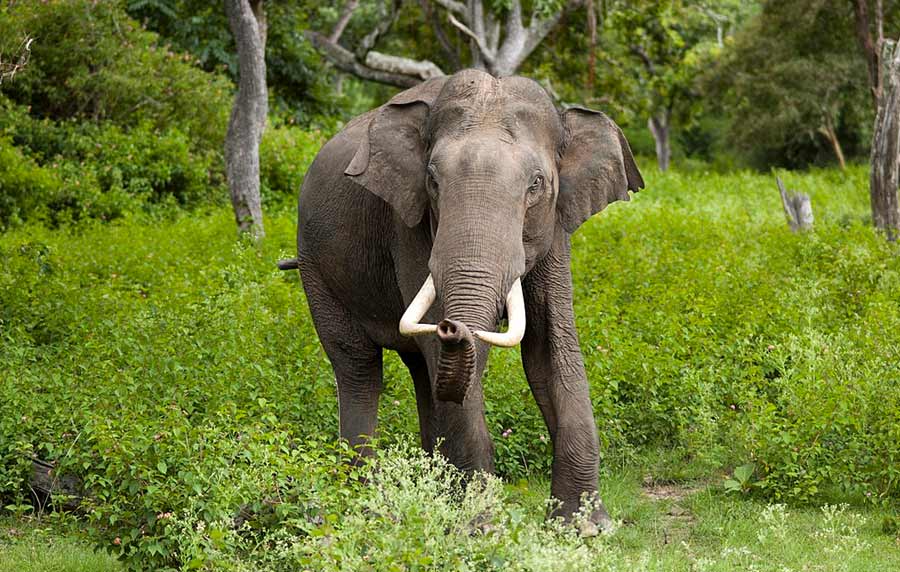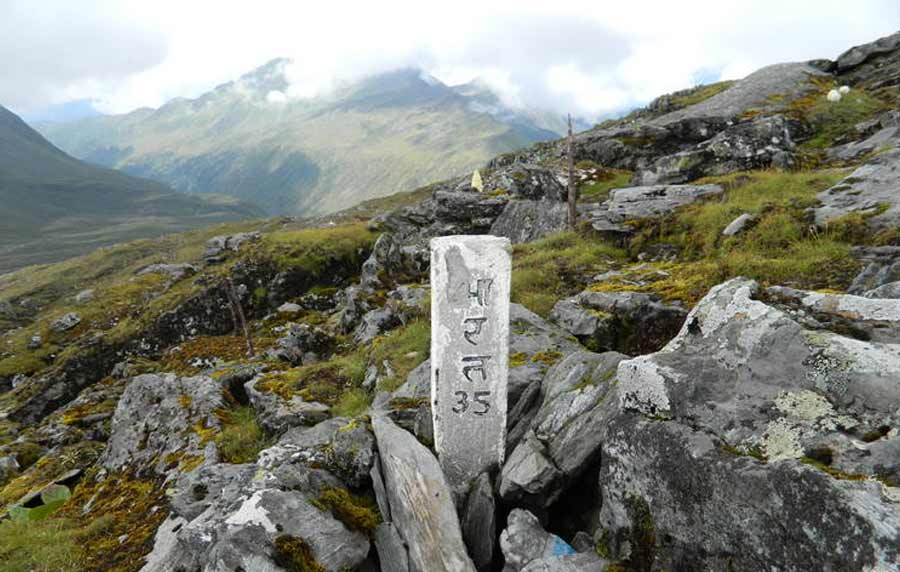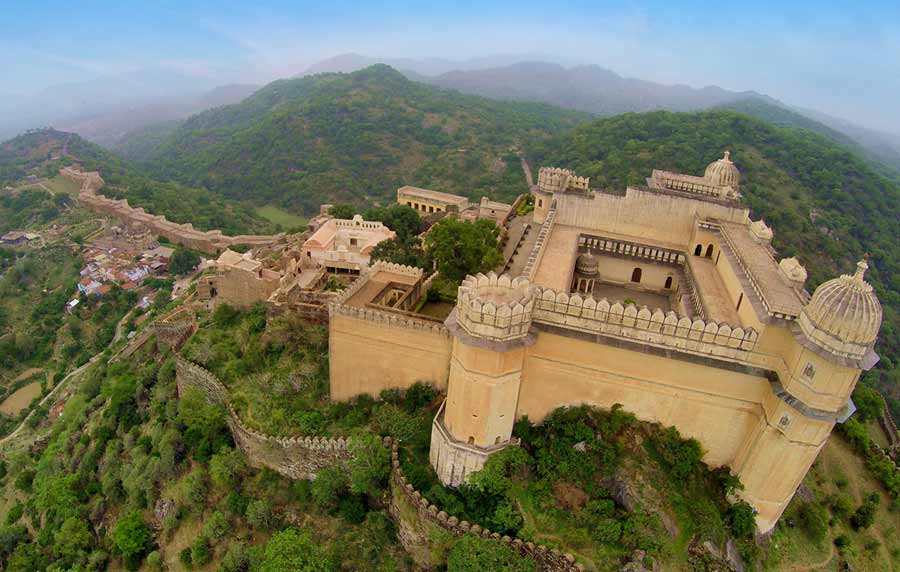Gagron Fort
Gagron Fort is situated in Jhalawar district of Rajasthan near Kota and it is UNESCO World Heritage Site which is known in the history for the remarkable feat by womens who performed Sati or Jauhar and two live burnings have been stated here in which hundreds of women burned themselves to save their chastity. The fort is surrounded by water bodies from three sides which makes it unique and it has remarkable construction as it takes support from the hill of Burj from one side. Considered as one of the best places to visit in Rajasthan and is the only fort having three courtyards because normally the forts have two.
Located 12 km away from the city of Jhalawar, Gagron Fort is among the impressive ancient forts constructed in Rajasthan. The present structure of this fort was built over several centuries with its construction beginning as early as the 7th century. However, it was first established in 1195 AD by Raja Bijaldev of the Parmara Empire. As per legend, the place was also known as 'Galkangiri' as it is believed that the powerful sage Garg Rishi achieved immense reparation and meditation in this fort.
Gagron Fort is the only hill and water fort in Rajasthan and has been included in the list of World Heritage Site by UNESCO. The fort is surrounded from three sides by the tranquil waters of Ahu and Kali Sindh. On the remaining side, there was once a deep moat which completed its defences. A sight to behold, Gagron Fort is an exceptional fort which is bordered and secluded by a 'Van' as well as a 'Jal Dunrg', forest-protected and water-protected.
The Mukundara Mountain Range serves as a backdrop, while a nearby valley to the fort is circumscribed by woodland that echoes with squeals of peacocks and parrots. There are temples of Lord Shiva, Lord Ganesha and Goddess Durga inside the fort and also a beautiful mausoleum of Sufi saint Mitheshah, which is the venue for an annual grand fair held during the month of Moharram.
Gagron is a region which has been anointed by the tremendous courage of Khinchi emperors and the optimum sacrifice of the lives of Royal Rajput women through the practice of 'Jauhar', wherein women sacrificed themselves rather than facing capture. This place was once the supreme city in of the Malwa region, long before the famous cities like Bundi, Kota and Jhalawar were recognised as primary states on the sizable map of the nation.
UNESCO World Heritage Sites India
The United Nations Educational, Scientific and Cultural Organization (UNESCO) World Heritage Sites are important places of cultural or natural heritage as described in the UNESCO World Heritage Convention, established in 1972. There are 37 World Heritage Sites located in India. These include 29 cultural sites, seven natural sites and one mixed site. India has the sixth largest number of sites in the world. Recently, Orchha is enlisted in the tentative list of UNESCO. The Seventh Wonder of the World and a UNESCO World Heritage Site, Taj Mahal is not merely a site that brings us to the pages of history; it is an epitome of true love, brilliant architecture and artistic precision. The white-marble mausoleum was commissioned by Shah Jahan for his wife, Mumta Mahal, way back in 1632. And to complete the masterpiece it took about 22 years and as much as 20,000 artisans.
 +91 9799050299
+91 9799050299 

